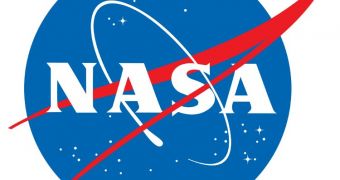Officials at the American space agency say that they have awarded the Composite Cryotank Technologies Demonstration (CCTD) contract to Huntington Beach, California-based Boeing Company. The corporation must now improve this technology by a wide margin.
Boeing has only a couple of years to design, manufacture and test two lightweight composite cryogenic propellant tanks, which need to undergo early tests as soon as late 2013. This only gives engineers about two years to take an already-established technology several steps further.
NASA does not eye the new cryogenic tanks for any specific mission. Rather, the agency is interested in testing the efficiency of using composite materials for creating various spacecraft components for a wide range of missions, both to low-Earth orbit (LEO) and deep space.
In other words, the new tanks could go on space probes traveling to Mars and beyond, as well as on manned spacecraft seeking to explore near-Earth asteroids and Mars. NASA has been commissioned to land astronauts on the Red Planet by the mid-2030s.
The new contract Boeing received is worth an estimated $24 million over the next few years. The document stipulates that NASA will conduct its own tests on the new tanks at the Marshall Space Flight Center (MSFC), in Huntsville, Alabama.
“The goal of this particular technology demonstration effort is to achieve a 30 percent weight savings and a 25 percent cost savings from traditional metallic tanks,” NASA Space Technology Program director Michael Gazarik explains.
“Weight savings alone would allow us to increase our upmass capability, which is important when considering payload size and cost. This state-of-the-art technology has applications for multiple stakeholders in the rocket propulsion community,” he goes on to say.
Future uses for the tanks include deployments on heavy-lift rockets such as the planned NASA Space Launch System (SLS) and several Earth-departure exploration architectures, as well as on orbital refueling stations. The latter is a technology that is currently being developed with NASA funds.
“This technology demonstration effort is different in the fact that we're focused on affordability concurrently with performance,” says John Vickers, who is the Composite Cryotank Technologies Demonstration project manager at MSFC.
“This technology has excellent transition potential for NASA and commercial product lines. Critical technology advances such as out-of autoclave composites are being matured, and when demonstrated in an operational environment will let us go well beyond the state-of-the-art,” he concludes.

 14 DAY TRIAL //
14 DAY TRIAL //